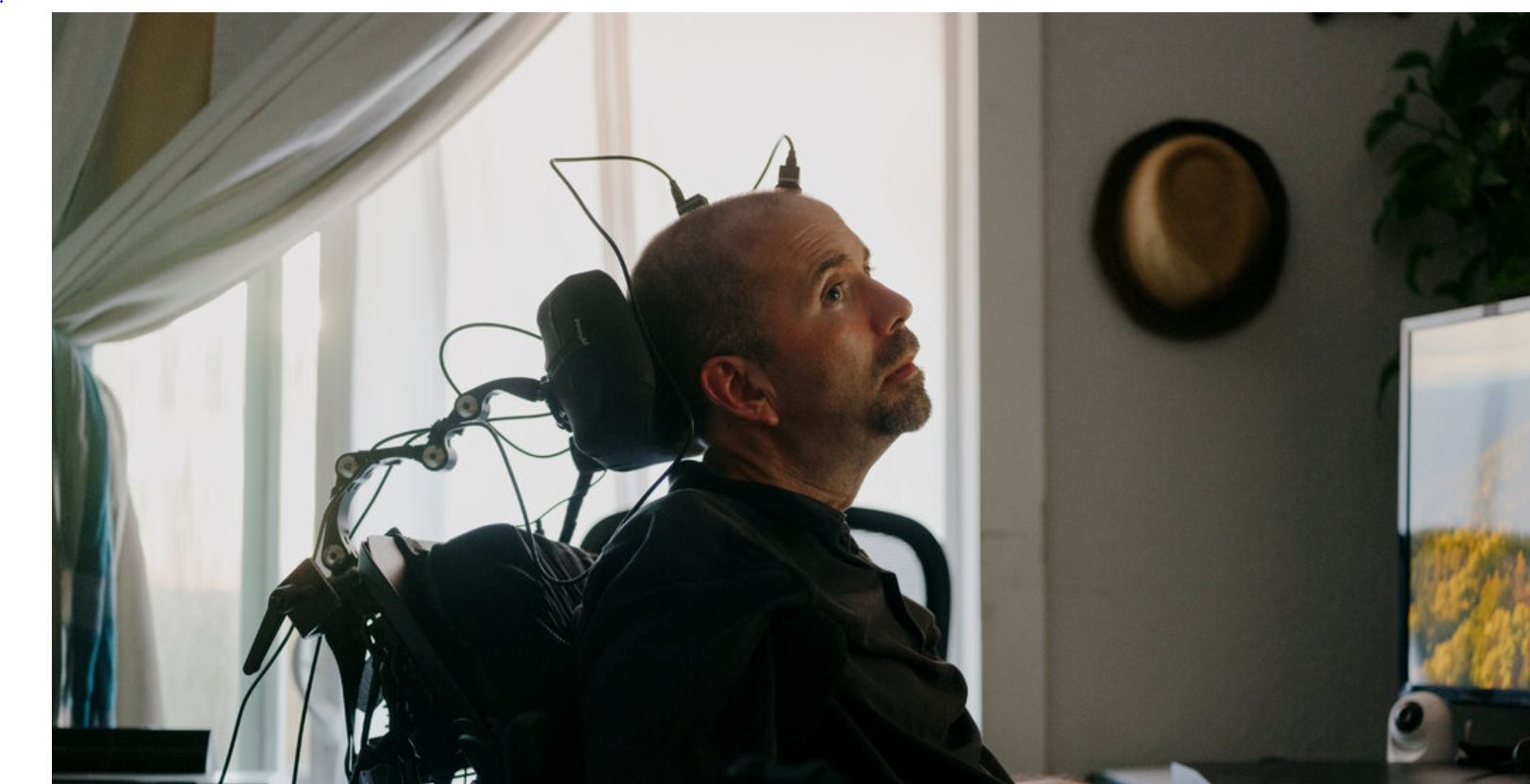 At 45, Casey Harrell lost his natural voice to ALS—a condition that gradually takes away the ability to speak. Despite his efforts, his words became a puzzle only familiar caregivers could decode. That changed when an innovative AI-driven brain implant from the University of California, Davis, stepped in to help him communicate in a voice that truly feels his own.
At 45, Casey Harrell lost his natural voice to ALS—a condition that gradually takes away the ability to speak. Despite his efforts, his words became a puzzle only familiar caregivers could decode. That changed when an innovative AI-driven brain implant from the University of California, Davis, stepped in to help him communicate in a voice that truly feels his own.
This cutting-edge system listens to the unique patterns of his brain activity and transforms them into speech without noticeable delay. It’s not just about clear words; the technology captures the little interjections, like a thoughtful ‘hmm’ or a playful ‘eww’, making his speech sound genuinely natural. As study author Sergey Stavisky explained, this near-instantaneous synthesis means users can join conversations and even interrupt naturally—something many of us take for granted.
Harrell took part in the BrainGate2 clinical trial as his ALS symptoms worsened. With four 64-microelectrode implants in a key speech centre of his brain, the system quickly proved its potential. After just two training sessions, it was capable of generating up to 125,000 words, achieving a 97.5% accuracy rate in daily conversation. The breakthrough wasn’t just technical; it hit home emotionally when Harrell first saw his intended words appear correctly on-screen.
Designed to work by capturing neural signals every 10 milliseconds, the AI focuses on intent rather than just individual sounds. This approach ensures his voice carries natural nuances—from rising intonations for questions to the emphasis added before key words. Even though some listeners only grasp about 60% of the output today, the ability to inject personality into synthetic speech marks a huge step forward.
The implications extend beyond ALS. With further enhancements, such as adding more electrodes, this technology could benefit stroke survivors and others suffering from neurodegenerative conditions. For anyone who’s ever struggled to be understood, Harrell’s experience offers hopeful insights into how tech can bridge communication gaps.








